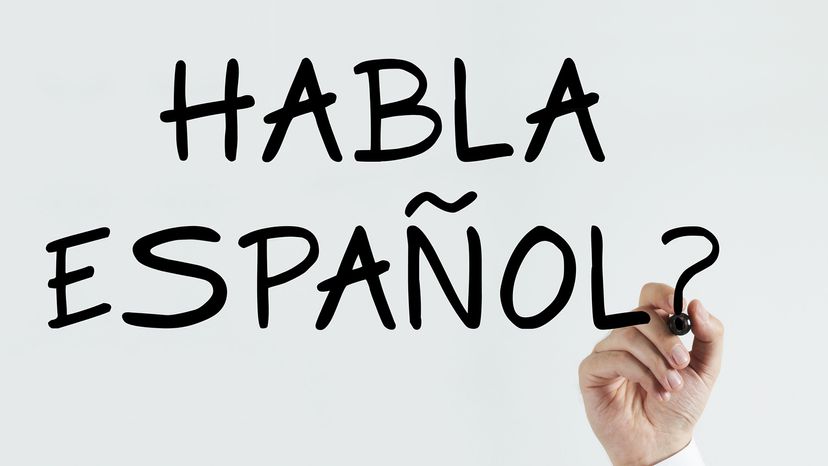Any country where Spanish is regularly spoken is susceptible to evolving into a new dialect with unique Spanish slang, idioms, accents, intonation, pronunciation or grammar. Beyond Spain, other Spanish-speaking countries have seen the language evolve to create a mother tongue to suit the local culture.
Even though it is technically the same language being spoken, it can sound very different country to country, but understanding standard Spanish can still help your understanding of more unique dialects.
1. Chavacano
Chavacno is a Spanish-based Creole language widely spoken across the southern portion of the Philippines.
The Spanish Empire ruled the Philippines for over three centuries (the country was actually named after Spanish royalty) and Spanish remained an official language of the Philippines until 1987. About three million Filipinos speak Spanish or Chavacno as their mother tongue.
2. Equatoguinean
Most Spanish speakers in Africa are based in Equatorial Guinea, where nearly 70 percent of the population is Spanish-speaking. However, there are also communities of Spanish speakers in Angola, South Sudan and Morocco, a North African country geographically close to Spain.
The Spanish spoken in Equatorial Guinea was heavily influenced by Bantu languages. In grammar and in pronunciation, Equatoguinean Spanish is more similar to Peninsular Spanish than to American Spanish dialects.
3. New Mexican
New Mexico is the only state that recognizes both English and Spanish as official languages. Traditional New Mexican Spanish is a unique Spanish dialect that has evolved from the earliest Spanish-speaking settlers in the state of New Mexico and southern Colorado.
The locals of Spanish descent have made this dialect survive for over 400 years, but with a decreasing population, the language is beginning to disappear.
4. Rioplatense
Rioplatense Spanish is a dialect from the the Río de la Plata Basin, currently spoken in Argentina and Uruguay. Notably, this regional dialect includes an intonation similar to the Neapolitan language of Southern Italy, influenced by Italian settlers since the 19th century.
